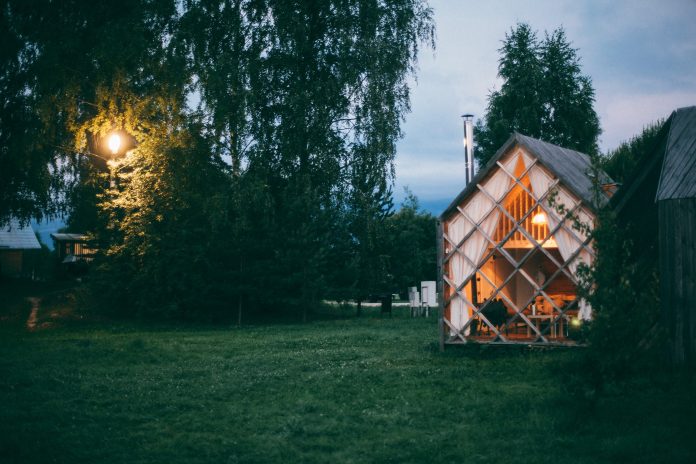
When comparing the costs of a full-sized home to a tiny home, a tiny home can cost on average $45,000. This cost can be lower or higher based on building materials. There is a lot of money saved that you don’t spend on a full-sized home. However, a tiny home does not qualify for a traditional mortgage, so you would typically purchase the home in cash, and there are a few other small unexpected differences.
Energy Savings
Living in a tiny house can save you money on heating, cooling, electricity, and water. Energy use is one of the biggest contributors to greenhouse gas emissions which have been steadily increasing since 2000. In 2013 net carbon dioxide emissions from energy were 5270 megatonnes globally. As well as lowering your carbon footprint, living in a tiny house reduces your exposure to pollutants commonly found in a full-sized house such as volatile organic compounds (VOCs), aerosols and other air contaminants.
Living in a tiny house means you use less heating, less air conditioning, and less energy overall. That means you save energy on bills that would otherwise be for heating a large home or air conditioning the large spaces you don’t need. A tiny house can save energy by setting the thermostat at 65 degrees Fahrenheit. Other factors such as insulation, shading, cross ventilation, and orientation will affect your energy use as well. Some tiny houses don’t even have air condition systems saving you money on this as well.
Other Savings
Not only energy savings but living in a tiny home means you have less stuff. That may mean furniture and clothing. You don’t have to fill each room now in a large home. You only have to buy functional furniture for your space. You won’t have the closet size a full-sized home would have, so your clothing selection will also decrease.
There are a few things to think about when comparing both types of homes. A tiny home does not qualify for traditional home insurance, which may be hard to get. Where you place your home will determine if you receive local utilities. If not, you will need to figure out internet service, septic system, electricity, and more. There are more options nowadays using solar panels for electricity.
You also want to look at zoning laws since they affect the building of your house. You may also not be able to have a tiny house in certain locations, so you want to figure out where the tiny house would be.
There are a lot of items to think about when deciding between a full-size home or a tiny home. However, without the upkeep of a full-size home and the need to purchase items for a larger home, your lifestyle, spending, and what you do in your free time are very different in a tiny home. Make a list of pros and cons before leaping into tiny home living.


















